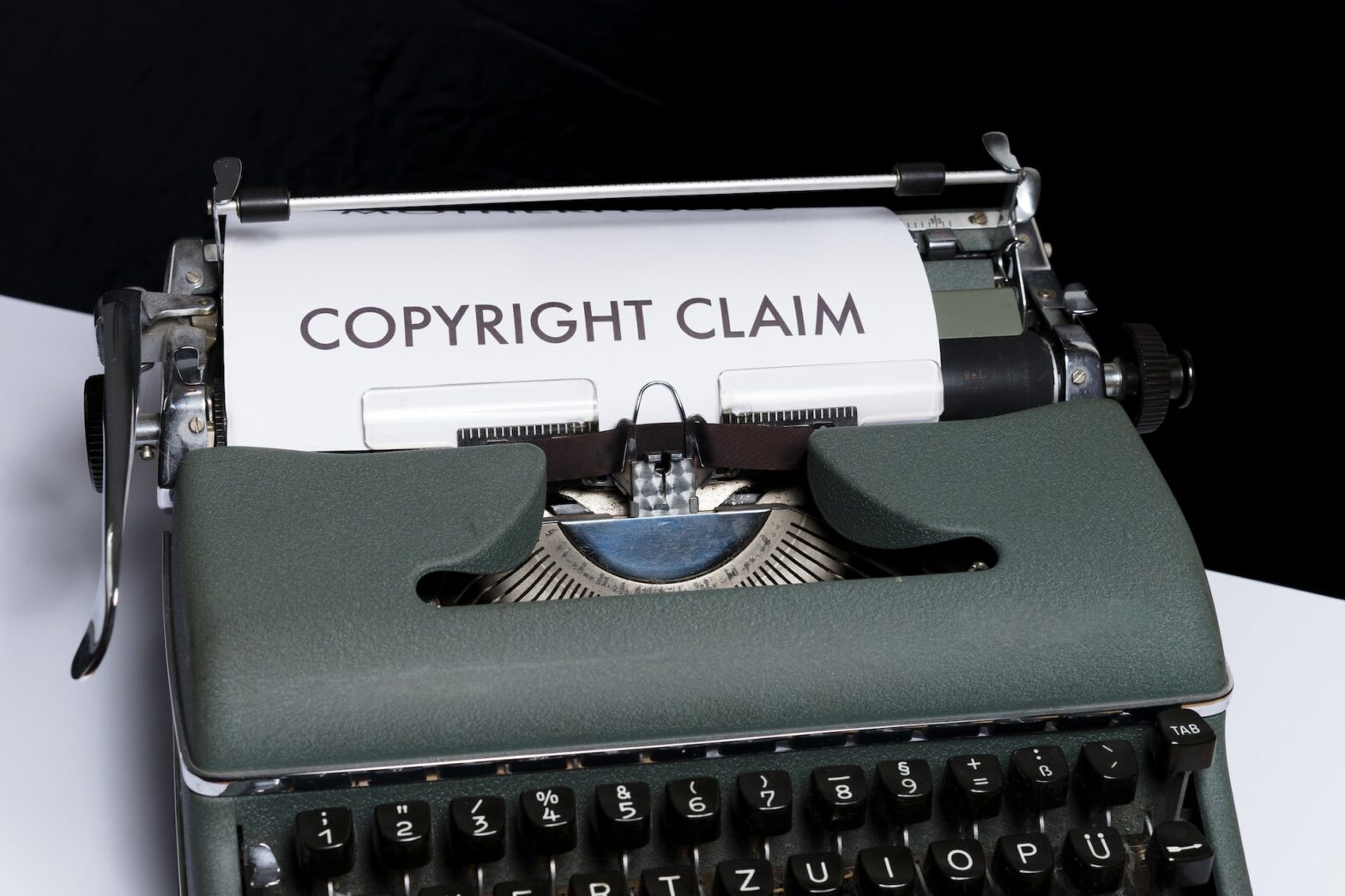Copyright fraud can take many forms, but the most common type is misrepresenting the copyright ownership of a work. This can include falsely claiming to be the copyright owner or lying about the copyright status of a job. Copyright fraud can be used for financial gain, personal gain, or damage to the reputation of another person or company.
This can be a devastating blow to a business, leading to customers being deceived and losing trust in the brand. It can also be costly, as the company may need to take legal action to protect its copyright.
Ian Leaf shares some of the essential tips to help protect your brand from copyright fraud:
1. Keep Track Of Your Intellectual Property And Register Your Copyrights And Trademarks
This will help you protect your brand and enforce your rights if someone tries to steal your work. This will establish legal rights to your trademarks and prevent others from using them without permission.
2. Be Aware Of The Signs Of Copyright Fraud Or Suspicious Activity On Your Accounts
Be on the lookout for unauthorized use of your name or logo on merchandise, websites, or other marketing materials.
3. Use Secure Passwords And Keep Your Computer Systems Up To Date With The Latest Security Software
A strong password will make it much more difficult for someone to steal your identity or brand. Leaf also recommends changing your passwords regularly.
4. Educate Your Employees About The Dangers Of Copyright Fraud
They need to be aware of the risks copyright fraud entails so they can help you ensure no one is stealing your business products and ideas.
5. Beware Of Online Scams That May Try To Steal Your Copyrighted Material Or Financial Information
A Common Type Of Scam Is The “Phishing” Attack. This is when scammers send emails or links that appear to be from a legitimate source but are designed to steal your personal information. Be sure to only open emails from trusted sources, and never enter your personal information into a website you don’t count.
6. Stay Vigilant And Report Any Suspected Copyright Infringement To The Authorities
You can protect your brand and bottom line by being proactive and watching for any red flags.
7. Maintain Good Records Of All Your Copyrighted Work To Identify Unauthorized Use Quickly
Keep detailed records of when and where your work was created and who has access to it. This information can help you prove that you are the rightful owner of your work if someone tries to steal it or claim it as their own.
8. Cooperate With Other Businesses And Organizations Interested In Protecting Intellectual Property Rights
This can help create a community of support that can help identify and take action against infringement. You can also work with online platforms to help protect your brand and enforce copyright protections.
9. Use Watermarks And Other Methods To Protect Your Images And Other Copyrighted Material From Unauthorized Use
Leaf recommends using a watermark that is both visible and difficult to remove. Additionally, using a copyright symbol (©) and the name of the copyright owner can help deter copyright infringement.
10. Be Proactive In Monitoring For Copyright Infringement And Take Swift Action To Address Any Violations
If you find any breach, take fast action to address it. This will help protect your brand and keep your reputation intact.
Conclusion
Knowledge about copyright fraud is essential to protect your brand from it. If you suspect someone is infringing on your copyright, you can take steps to protect your brand and pursue legal action if necessary. Contact an experienced copyright lawyer to discuss your options and get advice on how to protect your rights best.
